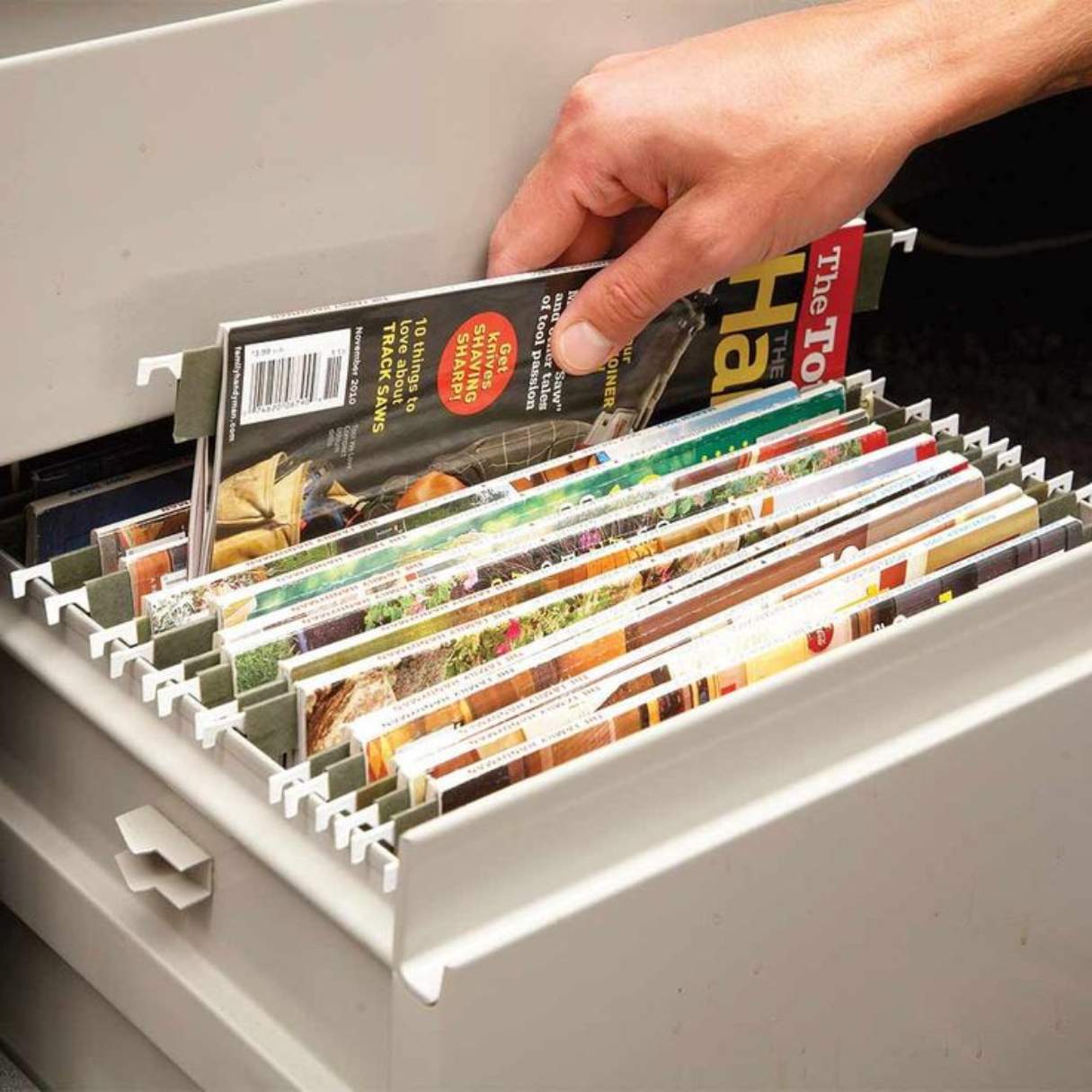

Articles
How To Store Magazines
Modified: December 7, 2023
Learn the best practices on how to store articles and magazines to keep them organized and in pristine condition. Implement these easy tips today!
(Many of the links in this article redirect to a specific reviewed product. Your purchase of these products through affiliate links helps to generate commission for Storables.com, at no extra cost. Learn more)
Introduction
In today’s digital age, magazines might seem like relics from a bygone era. However, for many enthusiasts, collectors, and those who simply enjoy the tangible experience of flipping through the pages, magazines continue to hold a special place in their hearts. Whether you have a small collection of carefully curated magazines or stacks of back issues waiting to be organized, properly storing your magazines is essential to preserve their quality and longevity.
In this article, we will guide you through the process of storing magazines, from choosing the right storage solution to maintaining a regular cleaning and maintenance routine. By following these steps, you can ensure that your cherished magazine collection remains in excellent condition for years to come.
Key Takeaways:
- Preserve your magazine collection by choosing acid-free storage solutions, decluttering, and using archival materials. Proper storage, labeling, and maintenance ensure longevity and easy access to your cherished magazines.
- Safeguard your magazines from sunlight, moisture, and damage by selecting the right storage location and implementing a regular cleaning routine. Cataloging and digital backups provide additional protection for your collection.
Read more: How To Store Old Magazines
Step 1: Choose the Right Storage Solution
The first step in properly storing your magazines is to select the right storage solution. This decision will depend on various factors, including the size of your collection, available space, and personal preferences. Here are a few options to consider:
- Magazine Boxes: Magazine storage boxes are specially designed to hold and protect magazines. These boxes are usually made from acid-free materials and are available in various sizes and styles. They provide a convenient and organized way to store your magazines while keeping them safe from dust, sunlight, and other potential damaging factors.
- Binders: For those who prefer a more streamlined and accessible approach, using binders with plastic sheet protectors can be an excellent choice. This method allows you to store your magazines vertically on a bookshelf while still being able to flip through the pages easily.
- Magazine Files: Magazine files are another practical option, especially for individuals with limited space. These files are open on one side, allowing you to slide your magazines in and out effortlessly. They are ideal for storing magazines on a desk, shelf, or even in a cabinet.
- Custom Display Cases: If you have valuable or collectible magazines that you want to showcase, investing in custom display cases can be a great option. These cases offer protection while allowing you to enjoy the aesthetic appeal of your magazines.
When choosing a storage solution, always opt for materials that are acid-free, as acidic materials can cause yellowing and deterioration of the magazines over time. Additionally, consider the size and weight of your magazines to ensure that the chosen storage solution can adequately accommodate them.
Step 2: Declutter and Organize Your Magazine Collection
Before diving into the actual storage process, it’s crucial to declutter and organize your magazine collection. This step will not only help you streamline your collection but also make the storage process much more manageable. Here’s how you can do it:
- Assess Your Collection: Start by evaluating your magazines and determining which ones are worth keeping. Consider the condition, relevance, and sentimental value of each magazine to help you make informed decisions.
- Sort and Categorize: Once you’ve decided which magazines to keep, sort them into categories. You can categorize them by topic, date, or any other criteria that make sense to you. This will make it easier to locate specific magazines in the future.
- Consider Digital Alternatives: If you have limited space or prefer a clutter-free environment, you may want to consider digitizing your magazine collection. Many magazines offer digital subscriptions or have online archives where you can access past issues.
- Donate or Recycle: For magazines that you no longer want to keep, consider donating them to libraries, schools, or community centers. If they are not in good condition or cannot be donated, recycle them responsibly.
By decluttering and organizing your magazine collection, you can ensure that only the most valuable and relevant magazines occupy your storage space. This will not only save you space but also make it easier to access and enjoy your collection in the future.
Step 3: Use Acid-Free Archival Storage Materials
Once you have decluttered and organized your magazine collection, it’s essential to invest in acid-free archival storage materials. Acidic materials, such as regular cardboard or plastic, can cause damage and yellowing to your magazines over time. Here’s what you should consider:
- Acid-Free Magazine Sleeves: Acid-free magazine sleeves are designed to protect individual magazines from wear, tear, and discoloration. These sleeves provide an extra layer of protection against dust, moisture, and UV light.
- Archival-grade Boxes or Binders: As mentioned earlier, opt for acid-free boxes or binders specifically designed for preserving magazines. These storage containers are made from high-quality materials that meet archival standards and help maintain the condition of your magazines.
- Acid-Free Tissue Paper: Place acid-free tissue paper inside the magazine sleeves to provide additional buffering against acidity and prevent pages from sticking together.
- Silica Gel Packs: To control humidity and prevent moisture damage, consider adding silica gel packs to your storage containers. Silica gel absorbs excess moisture and helps maintain a stable environment for your magazines.
By using acid-free archival storage materials, you significantly reduce the risk of deterioration, discoloration, and damage to your magazine collection. Make sure to handle your magazines with clean, dry hands while wearing gloves to prevent oil transfer.
Step 4: Determine the Best Storage Location
Choosing the right storage location is crucial for the long-term preservation of your magazine collection. Here are a few factors to consider when determining the best storage location:
- Avoid Direct Sunlight: Exposure to direct sunlight can cause fading and damage to your magazines. Choose a storage location away from windows or use curtains or blinds to block out sunlight.
- Control Temperature and Humidity: Fluctuations in temperature and humidity can lead to the deterioration of your magazines. Opt for a storage area with stable temperature and humidity levels. Avoid areas that are prone to extreme temperature changes or high humidity, such as basements or attics.
- Keep Away from Moisture Sources: Ensure that your storage area is away from moisture sources like plumbing or areas prone to leaks. Moisture can promote mold growth and cause irreparable damage to your magazines.
- Avoid Areas with Heavy Foot Traffic: Keep your magazines in a location where they won’t be accidentally bumped, spilled on, or affected by excessive movement. Choose a secure and less frequented area of your home.
- Consider Storage Environmental Control Measures: If you have a large, valuable collection, you may want to invest in environmental control measures such as dehumidifiers or climate-controlled storage units. These measures help maintain optimal conditions for long-term preservation.
By selecting the best storage location for your magazines, you can ensure that they remain in a controlled and protected environment, minimizing the risk of damage and deterioration.
Store magazines in a cool, dry place away from direct sunlight to prevent fading and damage. Use acid-free magazine boxes or folders to protect them from yellowing and deterioration.
Read more: How To Store Magazine Collection
Step 5: Properly Store Magazines in Boxes or Binders
Now that you have the right storage solution, it’s time to properly store your magazines in boxes or binders. Follow these guidelines to ensure that your magazines are stored in a secure and organized manner:
- Place Magazines Upright: When storing magazines in boxes or binders, stack them vertically, similar to how books are arranged on a bookshelf. This allows for better support and prevents the pages from sagging or warping.
- Use Acid-Free Magazine Sleeves: Before placing the magazines in boxes or binders, protect them with acid-free magazine sleeves. These sleeves provide an additional layer of protection against dust, moisture, and light exposure.
- Fill Empty Spaces: Fill any gaps or empty spaces in the storage container with acid-free archival materials like foam inserts or acid-free cardboard. This helps prevent the magazines from shifting or becoming misshapen.
- Organize and Label: Arrange your magazines in a logical order, such as by date or topic. Use dividers or tabs to mark different sections and make it easier to locate specific magazines. Label the outside of the storage container for quick identification.
- Avoid Overstuffing: Avoid overstuffing the boxes or binders as this can cause unnecessary pressure on the magazines, leading to damage. Ensure that there is enough space for the magazines to be inserted and removed without difficulty.
- Store in a Cool, Dry Place: Once your magazines are properly stored in boxes or binders, place them in the previously determined storage location that meets the temperature and humidity requirements necessary for preservation.
By following these steps, you can organize, protect, and easily access your magazine collection while ensuring their long-term integrity and longevity.
Step 6: Label and Catalog Your Magazine Collection
To keep track of your magazine collection and easily locate specific issues, it’s important to label and catalog your magazines. Follow these steps to effectively label and catalog your collection:
- Create a Cataloging System: Decide on a cataloging system that works best for you. You can use a spreadsheet, a dedicated cataloging software, or even a handwritten index. Include important details such as magazine title, issue date, volume number, and any other relevant information.
- Label the Storage Containers: Clearly label each storage container with the corresponding catalog number or range of numbered magazines. This will help you quickly identify the contents of each box or binder.
- Include Additional Information: If there are specific articles, features, or topics that are worth noting, add that information to your cataloging system. This will make it easier to search for and reference specific material within your collection.
- Update Your Catalog: As you add new magazines to your collection, make sure to update your cataloging system accordingly. Consistently keeping track of your collection will help you stay organized and stay on top of any missing or misplaced issues.
- Consider Digital Cataloging: If you have a large collection, you may want to consider digitizing your catalog for easier access and searchability. There are various cataloging software available that can help you manage and organize your collection digitally.
- Backup Your Catalog: Back up your catalog to avoid losing your collection information. Whether it’s through cloud storage, external hard drives, or physical backups, make regular backups to keep your catalog safe.
By labeling and cataloging your magazine collection, you can efficiently manage your inventory, easily locate specific issues, and have a comprehensive overview of your collection’s contents.
Step 7: Maintain a Regular Cleaning and Maintenance Routine
To ensure the longevity and preservation of your magazine collection, it’s crucial to establish a regular cleaning and maintenance routine. Follow these steps to keep your magazines in excellent condition:
- Dust Regularly: Dust your storage containers and individual magazines regularly using a soft, lint-free cloth or a gentle brush. This helps prevent the buildup of dust and debris, which can cause damage over time.
- Avoid Liquid Cleaners: Never use liquid cleaners or sprays directly on your magazines. Instead, use a soft, dry cloth to gently wipe the surfaces if needed.
- Handle with Clean Hands: Always handle your magazines with clean, dry hands to prevent transferring oils or dirt onto the pages. If preferred, wear clean cotton gloves when handling your magazines to minimize contact.
- Monitor the Environment: Regularly check the storage location for any signs of moisture, pests, or environmental changes. Address any issues promptly to prevent damage to your collection.
- Rotate and Refresh: Periodically rotate the position of your magazines within the storage containers to evenly distribute weight and minimize any potential damage from prolonged pressure on specific pages.
- Inspect for Mold or Insect Infestations: Regularly inspect your magazines for signs of mold or insect infestations. If you notice any issues, take immediate action to prevent further damage and consider consulting a professional conservator if necessary.
- Keep a Digital Backup: Consider creating digital backups of your magazine collection by scanning or photographing each issue. This can provide an additional layer of protection in case of any unforeseen damage or loss.
By implementing a regular cleaning and maintenance routine, you can prolong the lifespan of your magazine collection and ensure that it remains in pristine condition for years to come.
Conclusion
Properly storing and maintaining your magazine collection is essential for preserving its quality and longevity. By following the steps outlined in this article, you can ensure that your cherished magazines remain in excellent condition for years to come. From choosing the right storage solution to implementing a regular cleaning and maintenance routine, each step plays a vital role in safeguarding your collection.
Remember to select acid-free archival storage materials, declutter and organize your magazines, and determine the best storage location to protect your collection from damaging factors such as sunlight, humidity, and moisture. Utilizing magazine boxes or binders, along with labeling and cataloging your collection, will help you easily access and enjoy your magazines whenever you desire.
Maintaining a regular cleaning and maintenance routine, including dusting and monitoring the storage environment, will further safeguard your collection from potential hazards. Additionally, considering digital backups provides an extra layer of protection for your magazines.
By implementing these steps, you can ensure that your magazine collection remains a source of joy and inspiration for years to come. Whether you have a small collection or a vast archive, taking the time to properly store and care for your magazines will preserve their value and allow you to revisit the stories, images, and knowledge they hold.
So go ahead, start organizing your magazines today, and enjoy the benefits of a well-preserved and accessible collection.
Frequently Asked Questions about How To Store Magazines
Was this page helpful?
At Storables.com, we guarantee accurate and reliable information. Our content, validated by Expert Board Contributors, is crafted following stringent Editorial Policies. We're committed to providing you with well-researched, expert-backed insights for all your informational needs.




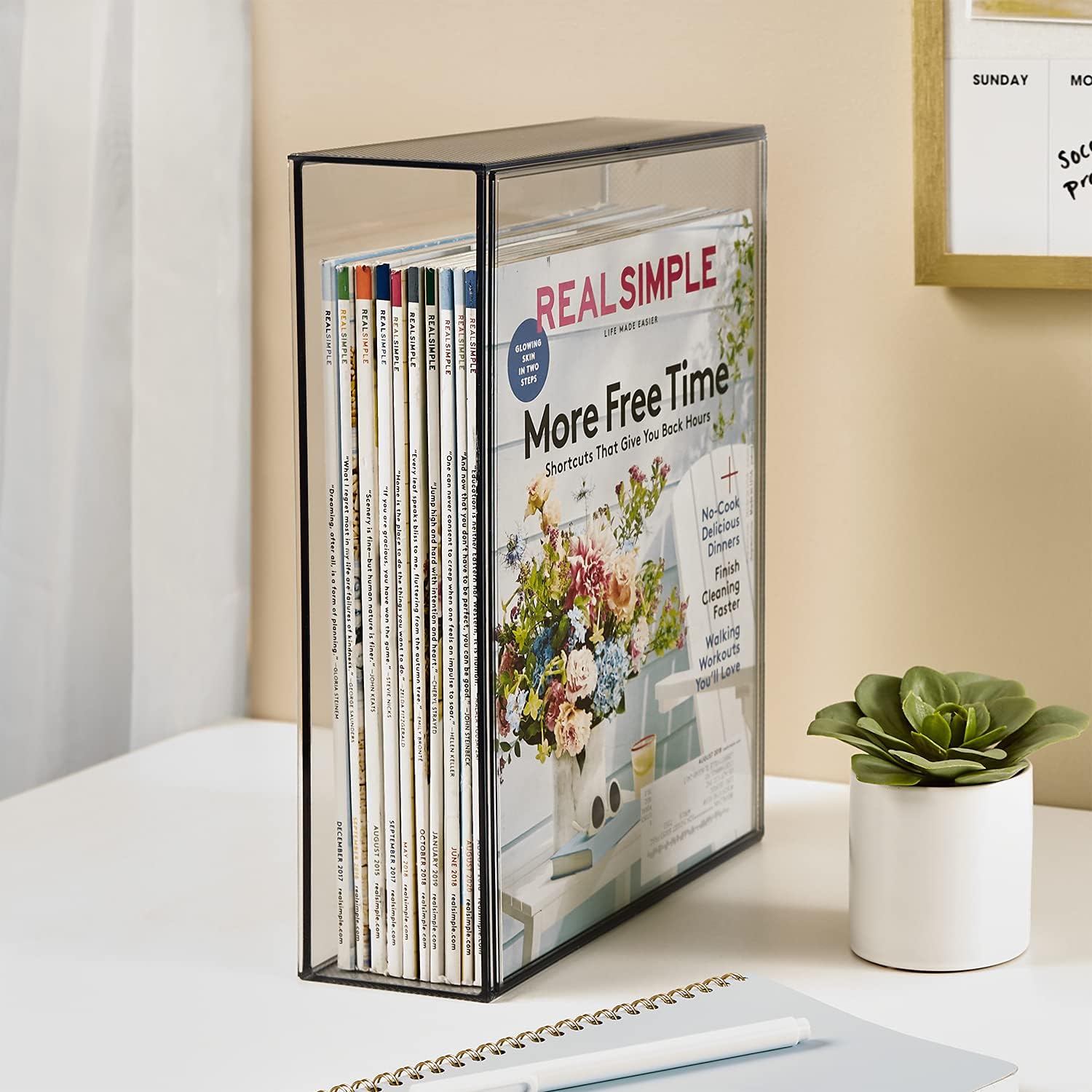



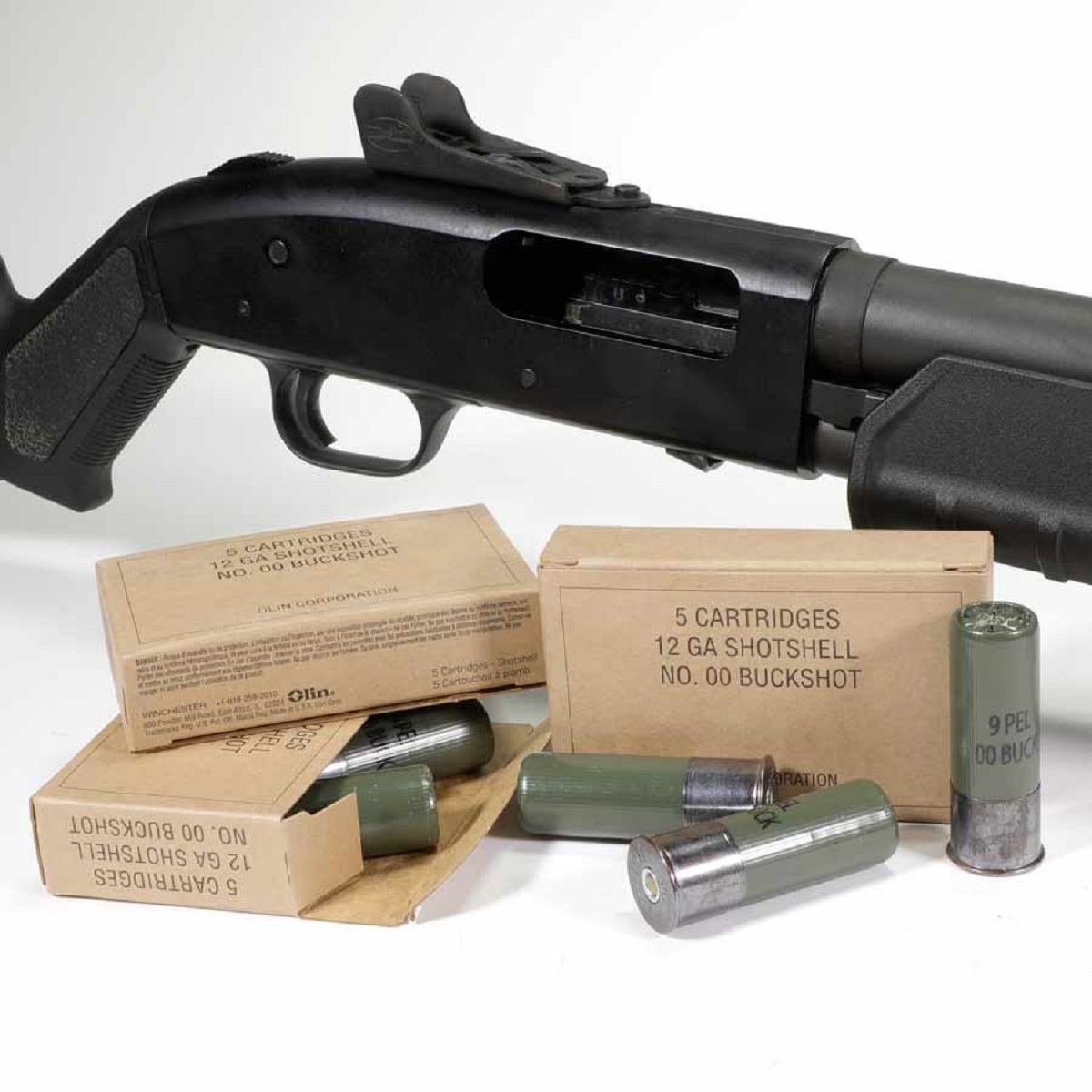


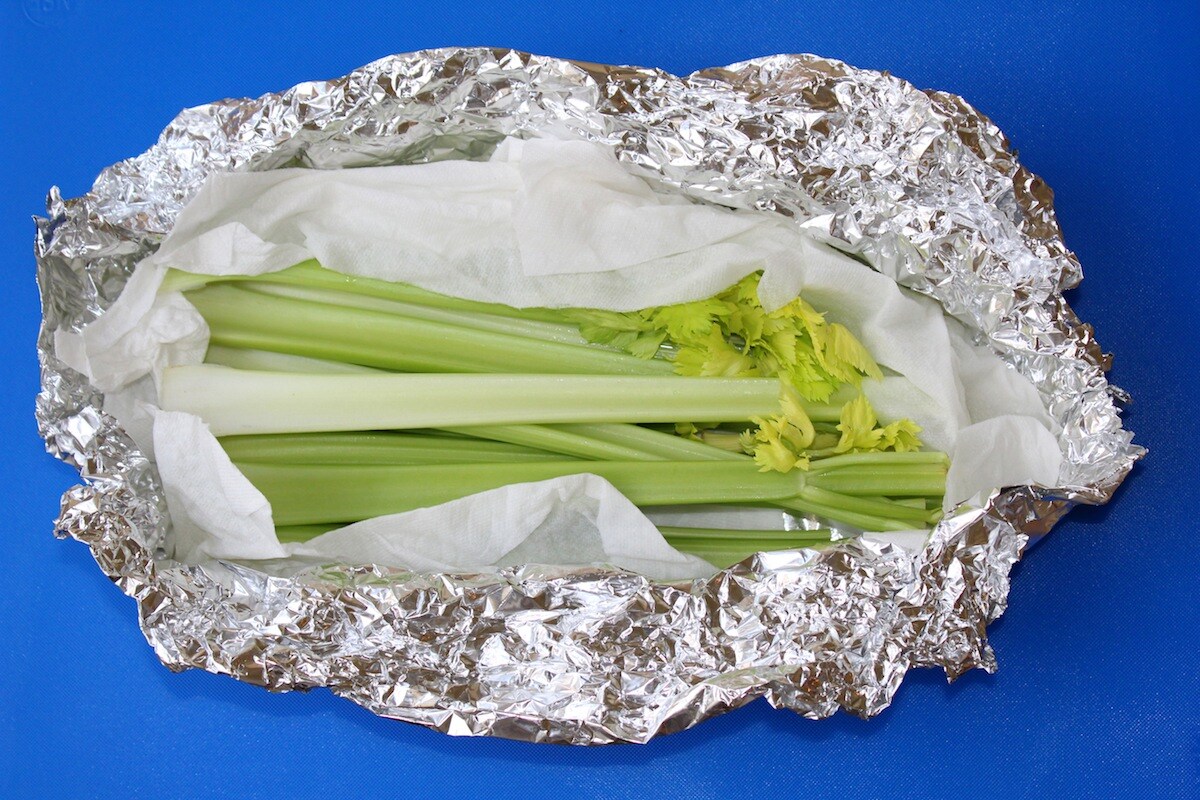
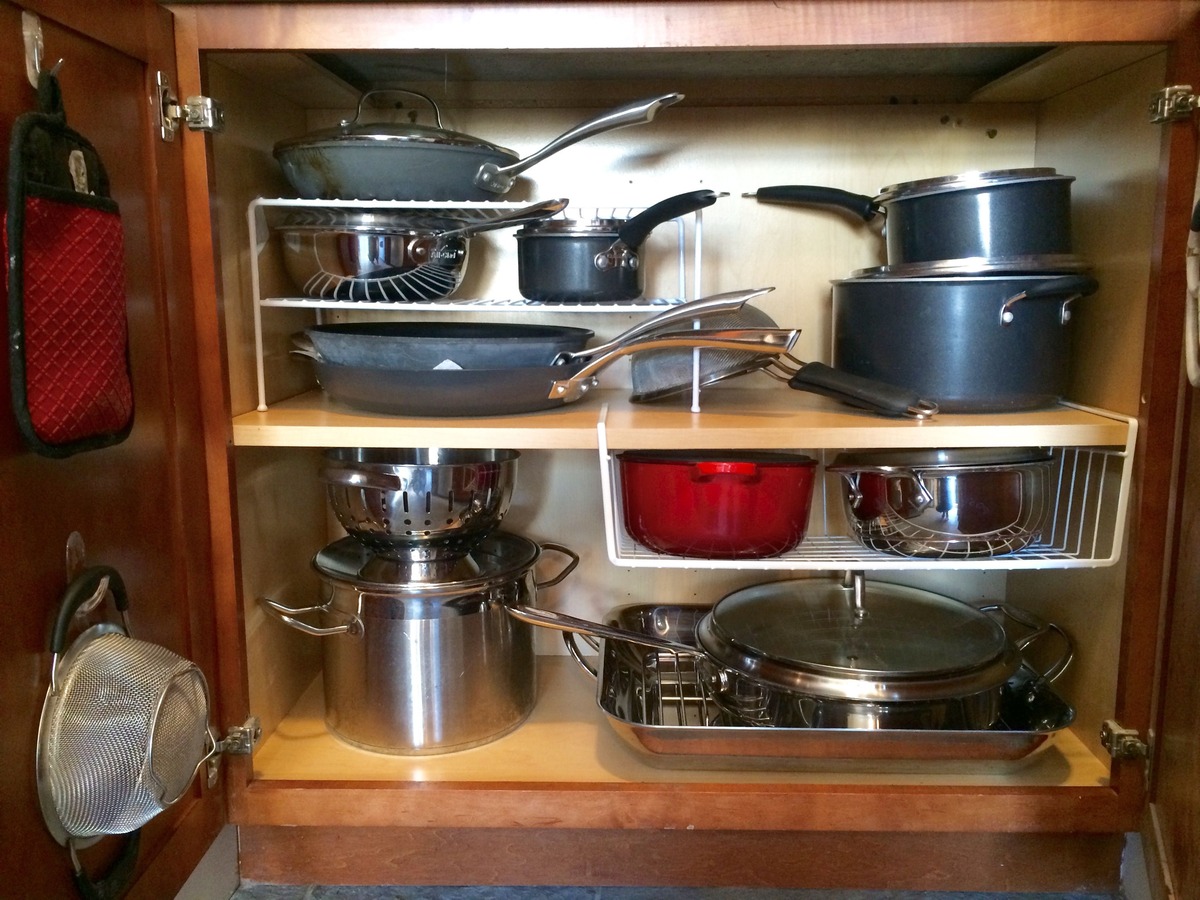
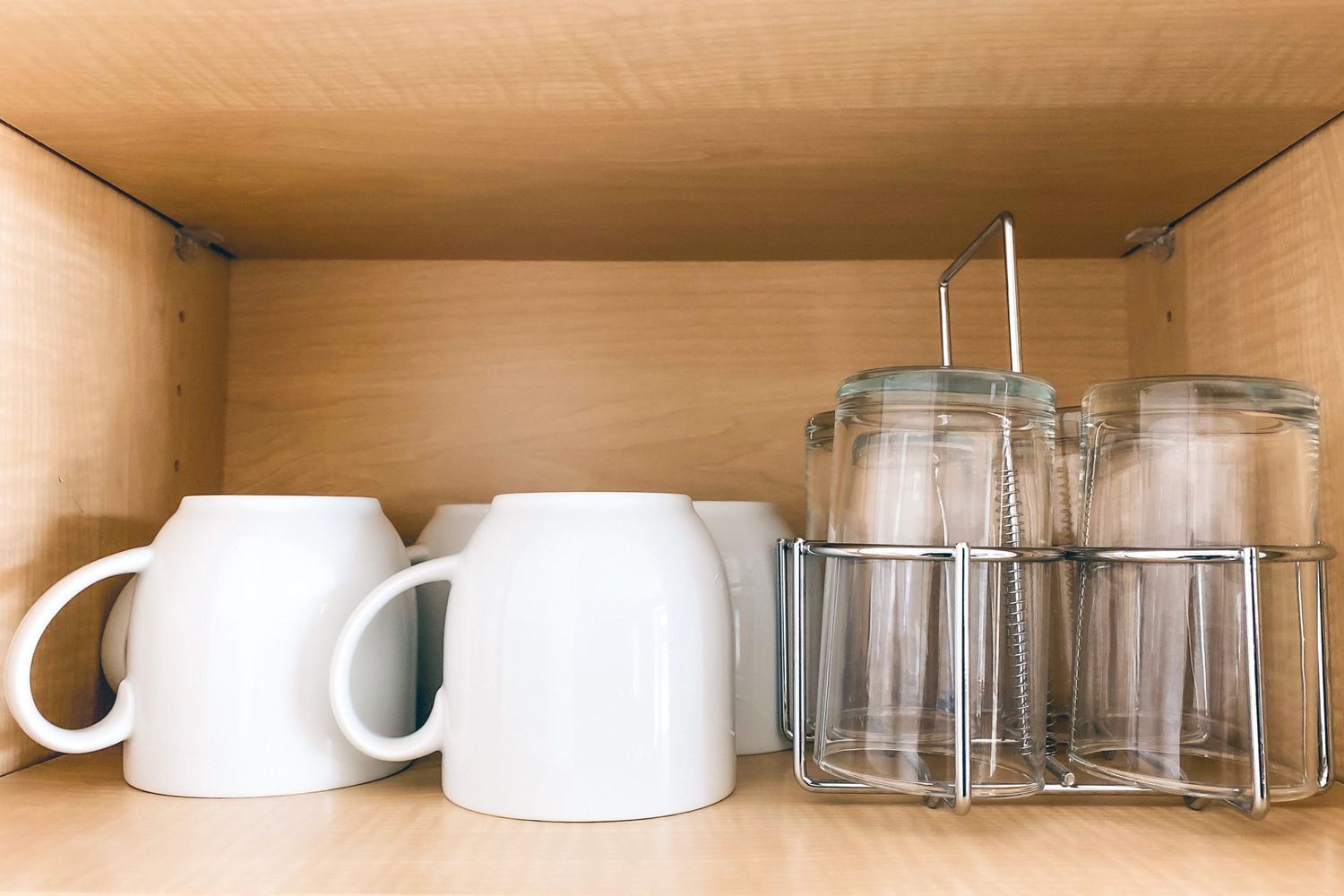

0 thoughts on “How To Store Magazines”